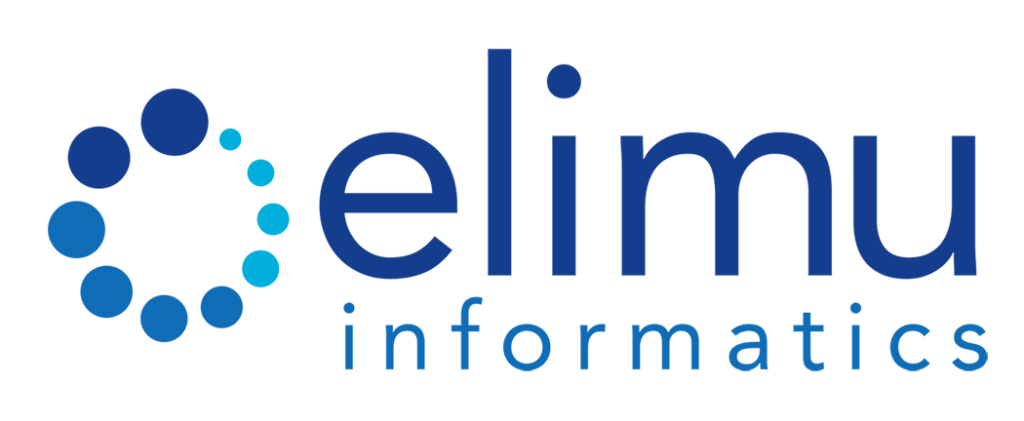Dec 21, 2017 | Aziz Boxwala
In part 1 of this post, we discussed the pros and cons of cloud-based services for clinical decision support (CDS), and how CDS-Hooks is wiping those cons away. In this post, we’ll explore when to use cloud-based CDS services, and how to prioritize which clinical requirements to first address with these services.
The big advantage of cloud-based CDS services is that you move the burden of creating and maintaining the CDS knowledge bases (rules, value sets, etc.) to your service provider. Therein lies the answer to the question posed above. The list below suggests when going with a cloud-based CDS is the right call.
- The knowledge is complex. Childhood immunization guidelines and pharmacogenomics are excellent examples of areas with very complex rules. The more complex a rule, the more ways there are to “break” it, and the more upkeep it requires over time. Highly complex CDS is a great candidate to offload to a cloud-based vendor.
- The knowledge is frequently changing or expanding. Again, childhood immunization guidelines come to mind. The CDS guidelines are updated twice a year. Payer guidelines are another good example of frequently changing rules which need to be kept up to date. Think appropriateness criteria for radiology ordering, and medical necessity checking. Keeping up with these changes isn’t a full-time job, but when the changes need to be made, they are all consuming, and your staff often forgets what they did the last time. Definitely a great candidate for offloading to the cloud.
- You need a comprehensive solution for a big problem. Quality requirements for MACRA come to mind. With something as big as MACRA, why piece a CDS solution together to cover various components? Having a single solution that can plug into all of your HIT is the way to go.
- You don’t have the expertise or resources. Even the largest organizations struggle to maintain their CDS knowledge bases. If you are a small provider organization, a cloud-based CDS service gets you the same quality solutions that the big guys have.
Another category, where cloud-based CDS services are useful is when there is a need for rich user interactions to be integrated into the EHR workflow, i.e. – the EHR’s own user interface isn’t good enough for a particular scenario. SMART-on-FHIR apps can be used to create custom user-interfaces for complex interactions. These apps often plug into CDS to yield the best results. Why go through the pain of integrating, small SMART-on-FHIR apps with an on-prem CDS vendor who won’t prioritize the integration? In this scenario, a cloud-based CDS that has simple interfaces, preferably CDS-Hooks, is the way to go.
That’s it for now. Feel free to ask any questions via the comments section or contact us directly. In future posts, we’ll explore other aspects of SMART-on-FHIR. Until then, I want to wish everyone a happy, healthy, and safe holiday season. See you in 2018!
